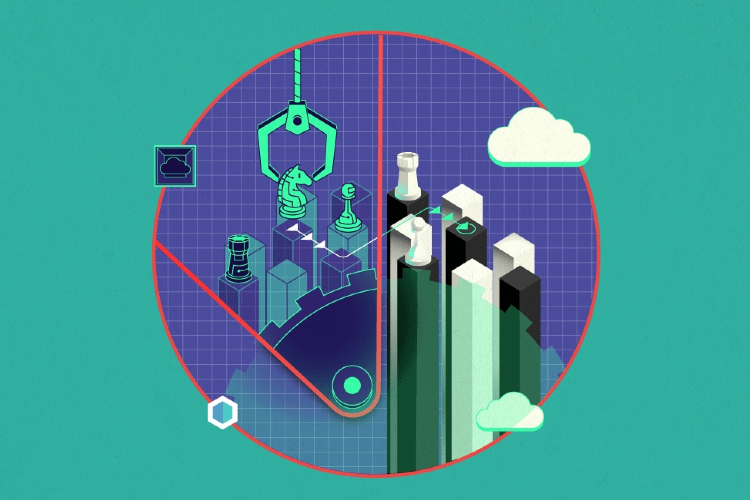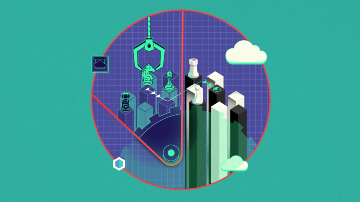
In the realm of technology, digital twins have emerged as an innovative concept transforming various industries. A digital twin is a virtual replica of a physical entity, including its processes, functions, and behaviors. It is created by integrating real-time data from sensors, cameras, and other sources, enabling the simulation of the physical entity in a virtual environment. Digital twins have become increasingly popular due to their ability to accurately model and predict the behavior of real-world systems.
Digital twins are used in a variety of applications, including manufacturing, healthcare, transportation, and building management. In manufacturing, digital twins are used to simulating the entire production process and optimize it for efficiency and quality. By analyzing real-time data from sensors and other sources, manufacturers can identify potential issues and make adjustments to prevent problems from occurring. This can lead to cost savings and increased productivity.
In healthcare, digital twins are used to modeling the behavior of biological systems, such as the human body. By analyzing data from sensors and other sources, doctors and researchers can better understand how diseases develop and progress, and identify potential treatments. This can lead to more personalized and effective healthcare, as well as cost savings.
In transportation, digital twins are used to modeling the behavior of vehicles and their surrounding environment. By analyzing real-time data from sensors and other sources, transportation companies can optimize their routes, reduce fuel consumption, and improve safety. This can lead to cost savings and improved customer satisfaction.
In building management, digital twins are used to modeling the behavior of buildings and their systems, such as heating and cooling. By analyzing real-time data from sensors and other sources, building managers can optimize energy usage, reduce costs, and improve comfort for occupants. This can lead to cost savings and improved sustainability.
Digital twins are also being used to predict the future behavior of systems. By analyzing historical data and real-time data, digital twins can model the future behavior of a system and identify potential issues before they occur. This can lead to cost savings, increased safety, and improved efficiency.
Digital twins have become an important technology in various industries due to their ability to accurately model and predict the behavior of real-world systems. They are being used to optimize processes, improve efficiency, and predict future behavior. As more data is generated and collected, digital twins will become even more powerful, leading to even greater benefits for businesses and individuals alike.



.webp)
.webp)


.jpg)